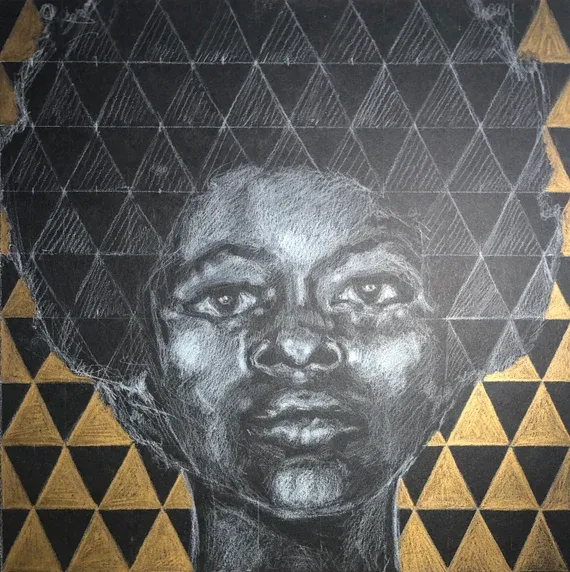By Cameron Hassan
In its most basic form, reconciliation is the act of making conflicting views or beliefs compatible. Many of us, born and raised in the United States, once believed that we had fully assimilated into the American ethos—that we were active participants in its democracy, granted the same liberties and rights as white Americans. We reconciled our people's brutal history—of subjugation, servitude, and exploitation—with the belief that this suffering had somehow secured our place within American society.
In her autobiography Assata, Assata Shakur recalls a moment from her childhood: "When the national anthem was played or the pledge of allegiance spoken, she [I] stood at attention and felt proud." Like so many of us, the younger Assata was disillusioned, seeing herself as a full participant in American culture when, in reality, she had been indoctrinated into supporting an empire built on oppression.
This desire for acceptance—for belonging to the American empire—is a familiar experience. We have felt that our connection to this empire was not only legitimate but earned, forged in the blood, sweat, and tears of our ancestors. They built this country's wealth from the cotton production of the 19th century, which accounted for 50% of all U.S. exports. This industry, born on the backs of enslaved Africans, was the lifeblood of America's economy and propelled its industrial revolution across both the U.S. and Europe. Our labor, our bodies, and our suffering became the currency for the so-called American Dream.
Young Assata, like many others, initially celebrated the North's supposed opposition to the South's system of slavery. But reality reveals a different story. The North, much like the South, was deeply entangled in the institution of slavery. Northern financial institutions bankrolled southern plantations, insured enslaved Africans as property, and northern mills processed cotton picked by hands worn down by brutality. The supposed moral divide between North and South was a convenient fallacy, a smokescreen America continues to perpetuate through its bipartisan political system. The bitter truth is that both liberal and conservative agendas are, at their core, intricately linked—much like the old America—a system propped up by racial exploitation.
The establishment of the Federal Bureau of Prisons (BOP) in 1930 under President Herbert Hoover stands as a testament to this continuity. As America transitioned from chattel slavery to a modern economy, the mechanisms of control evolved but did not disappear. The prison-industrial complex became the new frontier of enslavement, now justified through the rhetoric of 'law and order' rather than ownership.
Assata Shakur argued that the belief in integration—the hope that social mixing would foster understanding between white and Black Americans and ultimately lead to equality—is not without merit. Shared experiences can, in theory, build bonds. Yet, the notion that Black people must prove their humanity by conforming to arbitrary standards of whiteness strips us of our inherent dignity, rights, and, above all, our humanity. Human worth should never be contingent upon proximity to whiteness or adherence to the conditions set by an oppressive state. By its very nature, humanity is not to be earned—it is inalienable.
And yet, the question persists: How does one reconcile the history of this country while its present-day structures continue to honor the injustices of old? The shackles of slavery may be gone, but they have been replaced by an ever-expanding penal system that preys on Black communities. These communities remain over-policed, underfunded, and systematically deprived of basic material needs. This is not an accident but a feature of the capitalist machine—a machine that, from its inception, has sought to suppress, exploit, and control Black bodies.
Across nearly every sector, American institutions are designed to limit Black progress while maintaining white supremacy. Whether in education, housing, healthcare, or criminal justice, each sector operates in tandem to stifle Black liberation and perpetuate a racial hierarchy. Despite reforms and cosmetic changes, the system remains fundamentally unchanged. It is the same system that once justified slavery, now rebranded as mass incarceration, economic deprivation, and systemic exclusion.
Assata Shakur's rejection of the false narrative of assimilation—her disassociation from the superficial reconciliation with a bloodthirsty nation—was pivotal to her evolution within the Black radical liberation movement. These acts of defiance liberated her from blind allegiance to an imperialist state and empowered her to fight for those still trapped within its oppressive grasp.
C. Hassan is an African American Muslim political writer and activist, deeply engaged in community efforts through the Dallas chapter of Community Movement Builders. Active in both Austin and Dallas, Hassan works to provide mutual aid, promote local outreach programs, and provide political education as a tool for understanding and transforming society. Drawing inspiration from revolutionary figures such as Malcolm X, Frantz Fanon, Thomas Sankara, and Leila Khaled, Hassan's work challenges oppressive systems while advocating for liberation and justice. Through writing, Hassan seeks to bridge radical theory and community action.
Instagram - @KVLXI19XX - @cmb_dallas_fortworth

